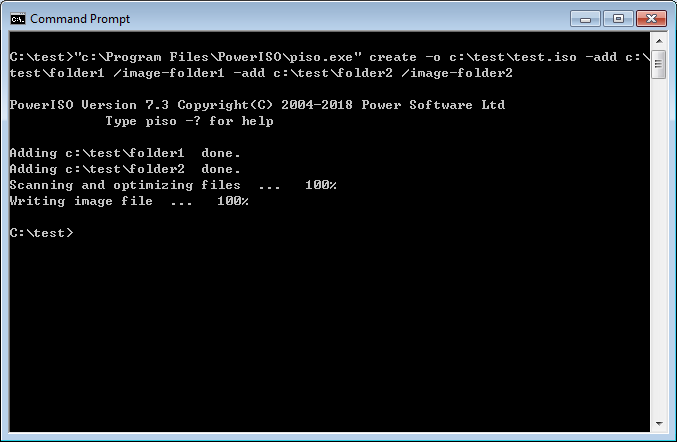

- #Create file on mac command line how to
- #Create file on mac command line for mac os x
- #Create file on mac command line series
- #Create file on mac command line free
Typing Your First Command - Now that we’ve gotten through the basics, you’re ready to type your first command. If this is the case, you can always open a new Terminal window to type commands you can open an unlimited number of Terminal windows, called sessions, at any time. If Terminal is working on a command or displaying certain processes, you don’t see a prompt.

The prompt indicates that you can type commands. (Obviously, your localhost and user name will look different than mine.) The final part of the prompt is the short name of the currently logged-in user, kirk. When you open a new Terminal window, the current directory is by default your Home folder, represented by the ~ shortcut. The current directory, or folder, is shown after the colon following the localhost name.

It first shows the localhost, or computer, that is being used: in this case, my Mac’s name Walden.
#Create file on mac command line how to
(Like most things in Unix, you can easily change this text we’ll see how to do that in a later article.)
#Create file on mac command line for mac os x
The default message of the day for Mac OS X (as of version 10.2) is "Welcome to Darwin!", Darwin being the name of the Mac implementation of BSD Unix. The second line is the Message of the Day. The first line shows the date and time of the last login, followed by the terminal device ("ttyp1") being used. The Terminal window displays, showing something like this: Start by opening Terminal, which is located in the Utilities folder of your Applications folder (or, to use the Unix convention, /Applications/Utilities). Terminal is a "dumb" program – it does little more than pass information on to a shell (another program that interprets these commands) and display the results of these commands. Opening Terminal - Terminal is the program Apple includes in Mac OS X to provide the interface between the commands you type and the operating system. You will discover, if you follow this easy tutorial, that Unix doesn’t bite.
#Create file on mac command line series
The goal of this article (the first in an occasional series to be published in TidBITS over the next year) is to present a brief example of how you can use Mac OS X’s command-line interpreter, the Terminal application, to run a few simple commands, and see exactly how they work. Unix is reputed to be complex – its cryptic commands are said to offer a steep learning curve and not be accessible to "the rest of us." While this can be true – some Unix commands are like a foreign language – the command line can also be simple, useful, and powerful. And they can still benefit from Apple’s easy-to-use graphical user interface. They can have access to the myriad command-line tools available for Unix and the powerful programs provided as standard equipment in Mac OS X, such as the Apache Web server, numerous network utilities, a compiler and more. They were delighted to discover that they could use their Macs and still wield the power of Unix (specifically, FreeBSD 4.4, one of the oldest and most stable versions of Unix). Many Mac users, especially those who have worked in large businesses or educational institutions, have for years used Unix variants, or flavors, such as one of the many Linux distributions. Since Mac OS X presents a graphical user interface atop its Unix foundations, there is no need for worry – seasoned Mac users can feel right at home (after some adjustments) with the new interface, and not even know about the Unix underpinnings that make Mac OS X run. Mac users have long been staunch supporters of point-and-click interfaces, and Unix, or so they thought, was the exact opposite. When Apple announced the release of Mac OS X, many Mac users were stunned: here was a new operating system based on the venerable Unix, which, they feared, would call into question the Mac’s legendary ease-of-use. Lesson 1: First Steps with the Command Line
#Create file on mac command line free



 0 kommentar(er)
0 kommentar(er)
